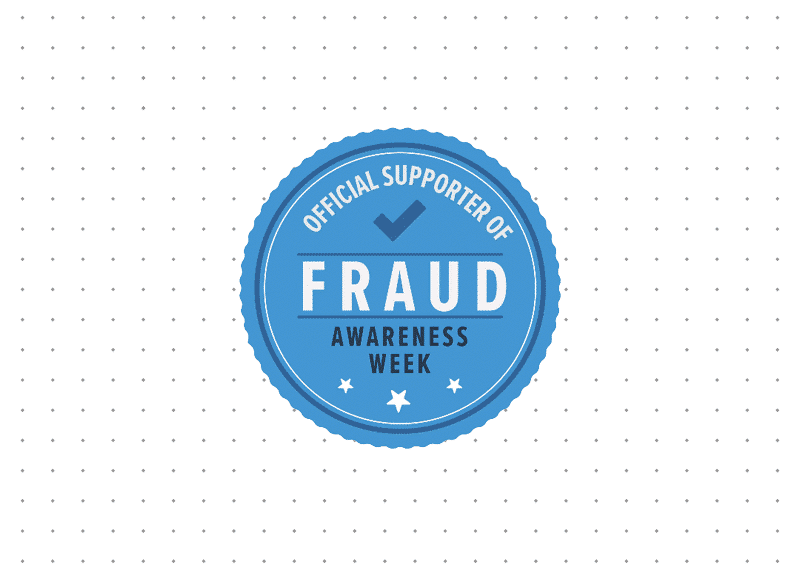Anyone who has worked in an SIU can tell you that insurance fraud doesn’t stay in one place. Trends that originate in California will eventually migrate over to the East Coast, and vice versa. Corrupt practitioners from Florida move north to Kentucky and replicate their schemes there. If SIU leadership assumes that fraud affecting their organization will remain static in terms of techniques and perpetrators, they’ll likely be taken by surprise.
Detecting new insurance fraud trends as they develop is critical to preventing fraudsters from dealing massive damage to the insurance industry. Fraud prevention is augmented by technology, but it's up to insurance companies to take action against emerging fraud trends.
Knowledge starts with a strong network
The good news for SIU leadership is that they’re not alone. The National Insurance Crime Bureau (NICB) acts as a liaison between insurance carriers and law enforcement. This means that they can convey information on the latest fraud trends from federal investigators to insurance investigators, allowing insurers to get the inside track.
What’s more, the NICB facilitates connections across the insurance industry. This means that investigators from different companies can safely share information about emerging fraud trends without violating privacy or confidentiality requirements. This kind of cross-corporate intelligence is invaluable to every kind of insurance company.
Lastly, the NICB encompasses both state and regional meetings. This lets insurers understand the hyper-local fraud trends that might be affecting their organizations. The higher-level NICB might not yet be aware of, or may not be strongly publicizing, trends that take place on a more local level. Therefore, it’s important to be engaged with insurers that are close by.
.jpg?width=967&height=645&name=iStock-1296722635(1).jpg)
Learn the four signs of emerging insurance fraud trends
Having a strong local network is a great way to detect and mitigate fraud,but it’s not the only way. You may still be building your network, or your company might be the focus of a completely new trend. In these cases, you need to be alert for signs that fraud is affecting your organization. What should you look out for?
1. Abnormal spikes in claims
Oftentimes, the first indication of fraud will be a spike in claims volume, either for a specific type of loss or in a specific area. This could indicate that a fraud network has been able to exploit a loophole in your claims processing workflows that will result in automatic payment for a specific type of claim.
“Pill mills,” as seen during the height of the opioid epidemic, are an archetypical example of this indicator. Bad actors learned that insurers would automatically pay claims related to opioid prescriptions without much scrutiny, so they enlisted providers to prescribe opioids to anyone who asked for them. This created a massive spike in PIP and injury claims.
Sometimes these spikes are just unfortunate coincidences, so the important thing to look for is who’s generating the claims. Oftentimes, a new business will come into town — a doctor’s office, an auto mechanic, or a personal injury firm — and immediately begin generating a high volume of claims. This is a large red flag.
2. Look for outliers
The problem with looking for a spike in claims is that detection is retroactive; if the spike represents fraudulent activity, then the fraud has already taken place. The best time to catch a spike is before it peaks.
One way to do this is to look for an increase in claims that were previously considered unusual. Here’s a real-life anecdote: An increase in dog-related claims. An insurer discovered a suspicious increase in claims related to injuries from dogs: Getting bitten by dogs, tripping over dog beds, sprained ankles when walking dogs, etc.
It turned out that someone had discovered that the insurer wouldn’t strongly scrutinize dog-related claims. Their mistake was sharing this information with their neighbors. The fraud was shut down when the insurer discovered that most of the dog-related claims were coming from the same apartment complex. Fraud schemes can take all kinds of shapes, which means keeping an open mind is tantamount to thwarting financial crime.
3. Talk to your adjusters
Your claims adjusters are one of your most valuable sources of information — they have a combination of experience and local knowledge which provides keen insight into emerging fraud trends. If a new provider comes into town and begins generating waves of claims, or if a formerly rare kind of claim begins to spike, your claims adjusters are your eyes and ears.
Unfortunately, it doesn’t always work out that way. Your adjusters can be compromised the same way every other part of your business. In certain cases, a fraud network will pay a claims adjuster to hand over information about an insurance organization, allowing them to look for loopholes. Alternatively, the adjuster might be an active link in the insurance fraud network. If you notice an adjuster with a suspiciously high payment level or an adjuster who often reassigns claims to themselves and pays them, this might indicate that one of your adjusters has turned rogue.
4. Invest in fraud detection solutions
SIU leaders need to maintain strong professional relationships to spot emerging fraud trends. Leadership must stay vigilant for emerging signs of fraud and also stay curious — always remaining current on new developments.
Modern fraud tools that run on AI are capable of finding fraud patterns that might otherwise go unnoticed. Moreover, technological solutions can augment your staff and help reduce problems like false positives and make your efforts to catch fraud schemes early more successful. Ideally, your organization should be seeking to prevent future insurance fraud before it happens at scale.
Shift Technology’s Solution
Remaining engaged is always a struggle, but you shouldn’t have to do it alone. Shift Technology provides AI-powered solutions specialized to detect insurance fraud. With tools like Shift Claims Fraud Detection, you’ll be able to detect fraud with greater accuracy, clarity, and speed, helping you stay abreast of emerging fraud trends that elude traditional methods of detection.
For more information on Shift Technology and the insurance fraud detection tools we offer, sign up for a demo today.


